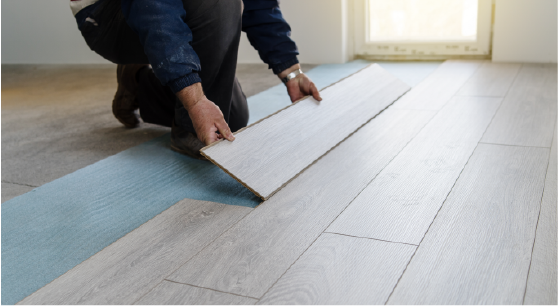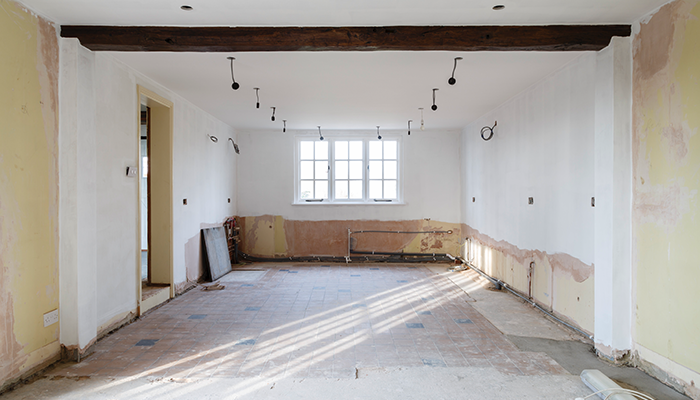
Updated May 16, 2023
Overall, the cost of hiring a professional to demolish your kitchen can range from around $1,000-$3,000 or more.
The cost of kitchen demolition can vary significantly based on your location, the size of the kitchen, complexity of the job, the type (load bearing or non-load bearing) and number of walls that need to come down, who you hire, and other factors.
Our cost saving tips:
- Do Some of the Work Yourself
- Read Reviews and Get Recommendations
- Request Multiple Quotes from Contractors
- Deconstruct and Donate
- Keep Plumbing and Electrical Where It Is
Find kitchen demolition contractors near you
Tip #1: Do the Minor Work Yourself
A great potential strategy to reduce demolition costs and maintain a safe work environment is to do the easy, less-involved demolition work yourself and leave the “hard stuff” for the pros, like walls, electrical, plumbing, and ceilings.
You can potentially save on the cost of labor by doing some of the demo yourself, but the key is getting the job done safely and properly. If you have experience doing some minor work around the house, you may be able to save money by removing cabinets, trim, flooring, and other less risky aspects of the demo job yourself.
Remember: Always utilize caution and be wary of electrical wiring, plumbing, and attempting interior wall demolition.
Accidentally damaging or removing a load-bearing wall is just one of the risks involved with DIY demolition and can be detrimental to the overall structural integrity of your house, including the roofing structure, which is an incredibly dangerous situation.
DIY demo is not right for everyone. In fact, it's not a project most people are comfortable with handling themselves, and rightfully so. There are many things that can go wrong when choosing to do handle larger aspects of a project yourself, like...
- Injury caused by inexperience, using improper tools, or not following safety precautions
- Damaging plumbing pipes, air ducts, or electrical wiring
- Forgetting to turn off electrical systems, prepping the plumbing, and securing necessary permits
- Accidentally removing a load-bearing wall
If you decide to handle some of the interior demolition work yourself, use caution to avoid electrical wires, heating/cooling ducts, or plumbing. You can use a stud finder to pinpoint studs and possible runs of electrical wire.
Learn more:
- Pros and Cons of Doing Kitchen Demolition Yourself
- 7 Things You Should Know Before Starting a DIY Demo Project
- Top 5 Go-To Tips for Budgeting Your Kitchen Remodel
- Planning a Successful Demolition or Renovation Project
Tip #2: Read Reviews and Get Recommendations

Nothing is more valuable when determining who to hire than reading reviews from real customers or getting recommendations from neighbors, friends, or family.
Hometown is the easiest way to find interior demolition companies near you, read verified customer reviews to find out what past customers have to say about their services, and request free quotes from multiple contractors to ensure you hire the best company for your needs.
If your neighborhood has a Facebook group where neighbors comment about their experiences with local contractors, that can be another useful resource.
You’ll find that many people have dealt with a demolition company or remodeling contractor at some point, and they are sure to have an opinion as to whether that company is worth hiring again.
Find kitchen demolition contractors near you
Tip #3: Request Quotes from Multiple Contractors
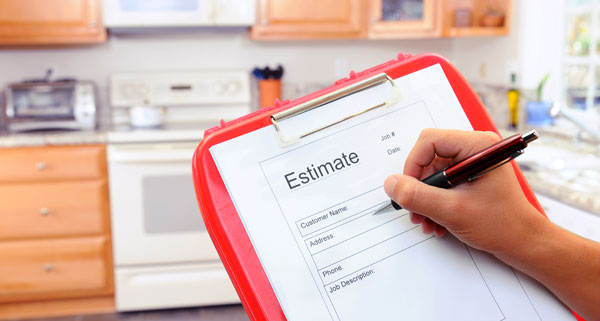
One of the best ways to save on demolition costs is to get estimates from at least three different companies.
Comparing the estimates of multiple contractors will give you an accurate idea of what a fair price for kitchen demo is in your area, will ensure you’re getting a fair price, and also allows you to contrast and compare the level of service included with each quote.
Not only do multiple estimates give you peace of mind at the end of the day knowing that you did your due diligence and are hiring the best person for the job, but you can also use multiple estimates as a negotiation tool in some instances.
For example, let's say Company A offers to do your kitchen project for $1,200, while Company B quotes $1,500. You can use Company A’s price to potentially negotiate a lower price from the other demolition company. This strategy ensures you get the best possible price and allows you to choose the most reputable demolition provider.
Keep in mind that, while a fair price is important, a low price should never over-shadow a company's experience, professionalism, and ability to complete the project accurately, on schedule, and within your budget.
Never choose a demolition company based on price alone. A non-reputable demolition company—even if they quote you the best price—can end up costing you far more in the long run. Make sure the company is fully licensed, insured, and has a good reputation. Check the Hometown site, BBB, other online review sites (e.g., Yelp), and ask friends and family if they have any first-hand experience with them.
Keep reading about how to hire the right contractor:
- 13 Must-Ask Questions to Side-Step Contractor Scams
- 7 Keys to Successfully Hiring a Demolition Contractor
- Licensing 101: A State-by-State Guide to Contractor License Requirements
- 2 Jobs, 1 Contractor: How to Save Money on Demolition Projects
Tip #4: Deconstruct and Donate
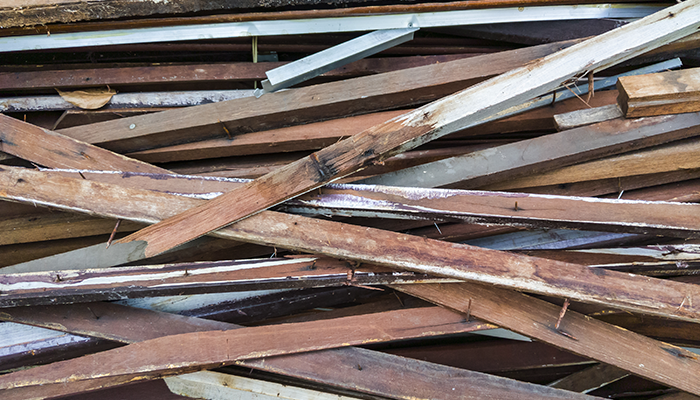
Some charitable organizations, such as Habitat for Humanity, offer deconstruction services where they will complete the kitchen demo for free if you donate all of the removable items to them. This may include sinks, cabinets, usable flooring, appliances, and undamaged countertops.
Deconstructing and donating materials is a win-win situation for both parties—you get a discounted demolition, and the charitable organization gets to salvage usable materials to offer at discounts to the local community. You may even be able to write off this donation on your taxes. (Check with a local tax specialist to be sure.)
Popular charities that offer deconstruction services:
There are potential downsides of going this route. The first is that these programs have limited availability. There may not be a deconstruction-for-charity program in your area, so you may not qualify for this option.
The second downside is that these organizations will not complete the entire demo down to the studs and sub-flooring. They are only interested in recovering valuable building materials and appliances, so you may have some additional demo to complete once they finish removing those items.
Despite the potential downsides, charitable deconstruction is an option that can save you hundreds, maybe thousands, of dollars in the end. And don’t forget about the tax benefits, which are a great way to save money come tax time.
Learn more:
- Kitchen Demolition Debris Disposal Guide
- A Beginner's Guide to Deconstruction
- Deconstruction vs. Demolition: When to Deconstruct a Building
Tip #5: Keep Plumbing and Electrical Where It Is
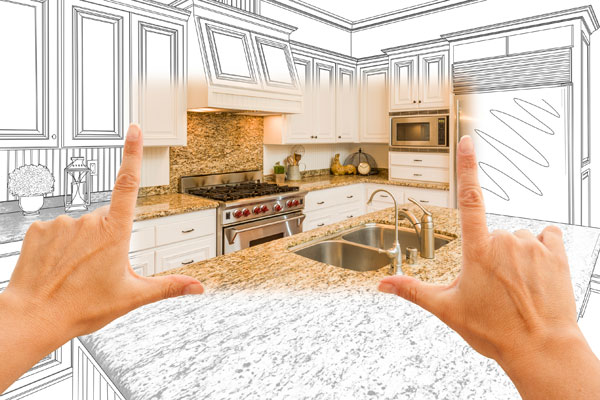
If your plan is to remodel the kitchen, you can save big on demolition costs by keeping the existing plumbing, vents, and electrical systems in place. Moving the plumbing to accommodate a new dishwasher or sink location can increase overall project costs by thousands.
If the plan is to gut the kitchen and move elements of the kitchen, like the sink, to a different location during the remodel, the project costs will undoubtedly increase due to the cost of labor and materials required to make the modifications.
To bootstrap your kitchen remodel, leave the plumbing, electrical, and ventilation systems where they are. You can still upgrade the sink and appliances; just don’t relocate them to different areas of the kitchen when possible.
Keep reading:
- 15 of the Most On-Trend Kitchen Remodel Design Ideas
- Planning a Successful Demolition or Renovation Project
Any of the above tips, or a combination of them, will help you save on the cost of demolition. Request estimates from local residential interior demolition contractors today to start getting an idea of what your project will cost. Hometown makes it easy!

